Photo by Andrew Chick
Looking after Lollycocks is an exciting new project under the Witham/Slea Blue Green Corridor Project, aimed at improving and enhancing the biodiversity at this local natural habitat in Sleaford over the next nine months. On Saturday 16th April, contractors Hill Holt Wood delivered a brilliant Easter Event, hosting members of the public to enjoy and educate about the amazing local nature reserve on their doorstep!
.jpeg)
.jpeg)
Pond dipping is a great activity, allowing people to connect to the blue green corridor and learn more about the minibeasts that inhabit our local natural spaces.
Not only does pond dipping provide a fun activity to support learning, making use of free resources such as the spot it challenge by the rspb, pond dipping helps us monitor the biodiversity of a pond, letting us know the health of the system! A good pond will have over 100 larger invertebrate species such as beetles, snails and caddisflies, and exceptional ponds could support over 150 species!
A study of over 19,000 people in England found that those who spent two hours or more a week in open green spaces were significantly more likely to report good health or high wellbeing. This amazing project is dedicated to conserving and creating habitat in Lollycocks Field to create and enhance a local nature reserve and blue green space that can contribute to a local space which can be used to add to our hours of wellbeing each week!
This green space will be enhanced through the Looking after Lollycocks Project by, hedgerow planting, creation of scrapes, marginal pond works, grassland and woodland management, habitat creation, extension of the boardwalk and the creation of a kingfisher nesting bank.
Hedgerow Creation
Hedgerows are great for birds and insects, providing food and shelter for many species. A hedgerow will be planted on the boundary between Lollycocks Field and Eastgate Road to provide this habitat for local species and act as a corridor for wildlife to travel, linking small woodland areas.
Many species, including birds, mammals and insects rely on hedgerows for this function, utilising hedgerows between woodland spaces. At least 30 nesting bird species rely on hedgerows, including blue tits and great tits, along with mammals such as dormice, hedgehogs and bats. Dormice, hedgehogs and similar species use the habitat to forage, hibernate or shelter from predators, whereas some bats are able to use hedgerows to guide their path between their roosts and foraging sites. Bumblebees also use hedgerows similarly, navigating through to wildflower and pollinator sites.
Bird, bat and owl boxes are also going to be installed throughout the site to create essential areas of refuge for species. They provide a safe space for birds to build their nests, protected from predators and harsh weather conditions.
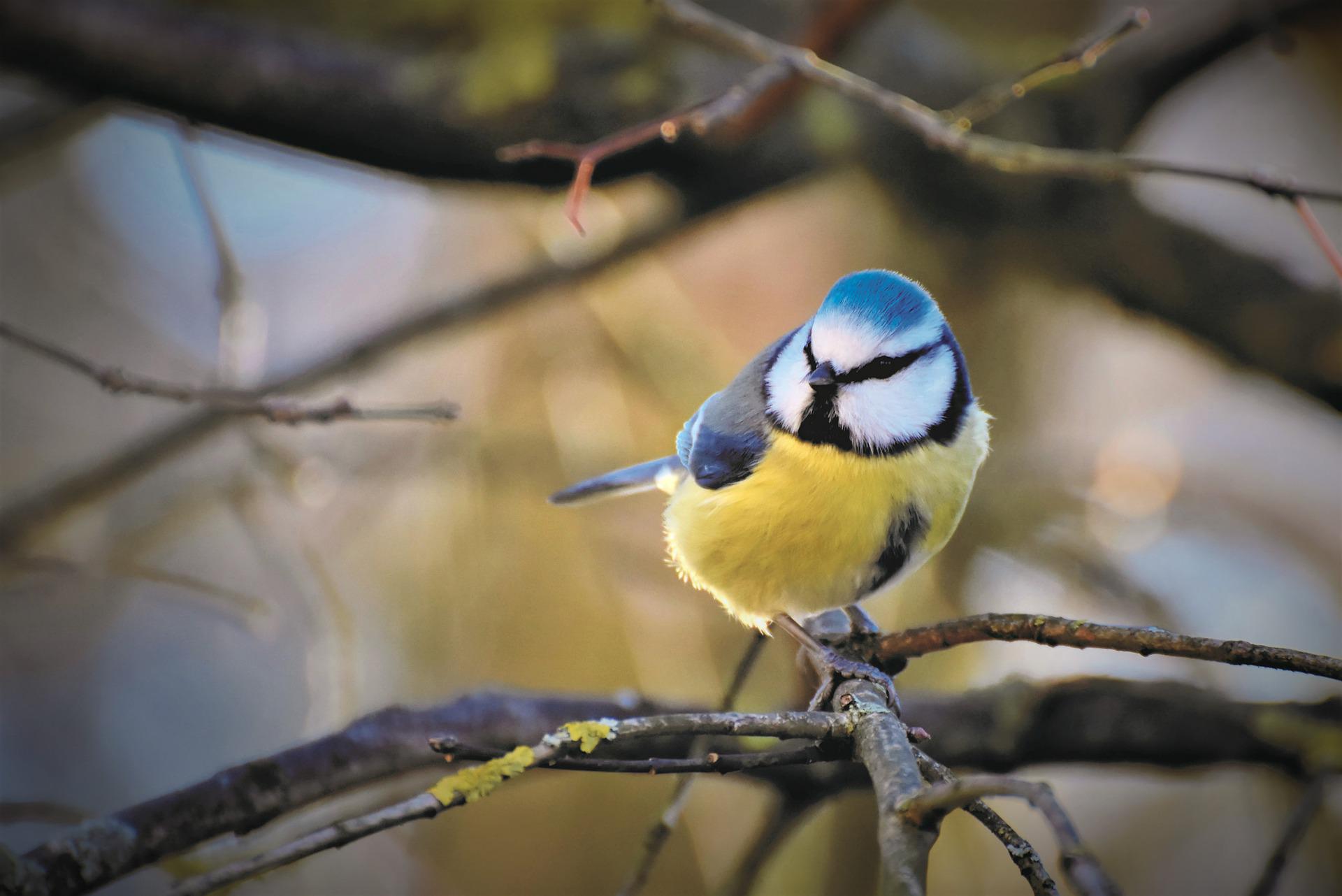
Scrape Creation and Grassland Management
Scrapes are shallow depressions with gently sloping sides,
which seasonally hold water and remain damp for most of the year. These wetted
features are very beneficial to wildlife, supporting amphibian and invertebrate
species by creating refuge and breeding sites.
Looking after Lollycocks will refurbish one scrape already present within the site and create two more!
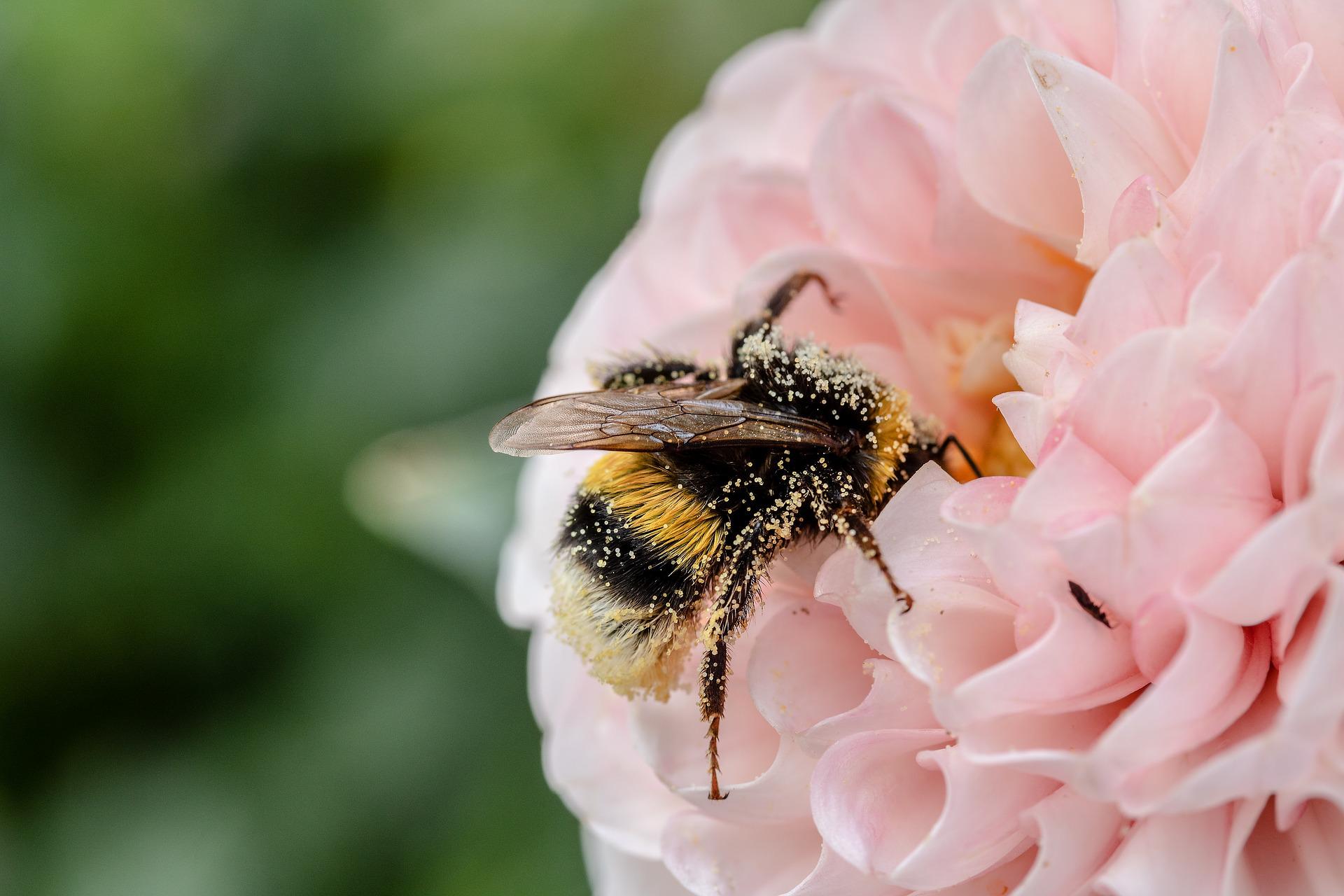
The Neutral and Fen grasslands onsite will be enhanced to help boost diversity and its ability to capture carbon, while wildflowers will be added to support local species.
Wildflowers are so important for insects and pollinators. Their leaves, pollen and nectar create an excellent food and habitat source, enabling small species such as caterpillars to live on their flowers, and pollinators like bumblebees to eat their nectar and spread their pollen. In turn this allows wildflowers to spread as they can develop seeds and disperse them.
Not only are wildflowers an important food source, they also
provide shelter, nesting material and refuge for birds and small mammals.
Marginal Pond Works
Ponds are vital habitats, supporting a wide variety of wetland plants and animals from invertebrates to larger birds and mammals such as herons and otters.
Did you know approximately two thirds of the UK's 4000 freshwater invertebrate species can live in ponds? Many species spend their whole life cycle in the pond, whereas others only rely on the habitat for certain parts of their life cycle, travelling to and from ponds for breeding or foraging. For example, some amphibian species prefer to live their adult lives in terrestrial habitats, returning to their home ponds to spawn or hibernate.
One of the reasons ponds are so good for wildlife is because they are very natural environments. They have been around for millions of years and many species have become well-adapted to the conditions they provide.
Planned marginal works around the pond edge in Lollycocks Field will create better access to the pond for wildlife and will manage invasive plant species outcompeting local fauna.
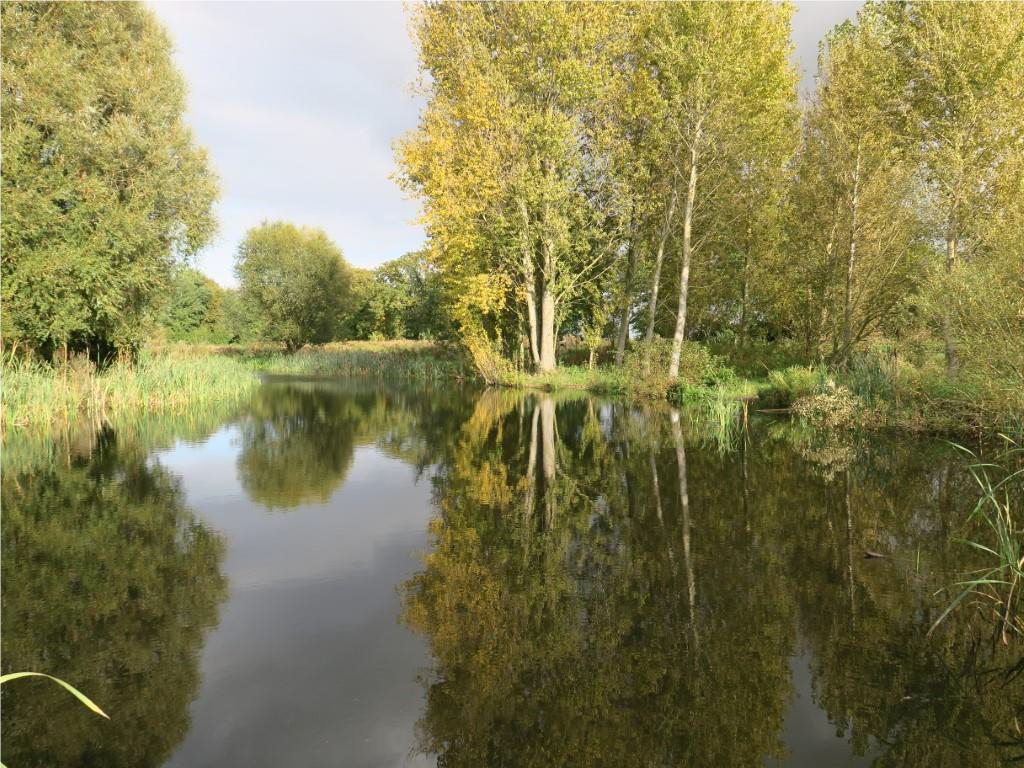
Boardwalk Creation
The existing boardwalk is being extended to protect the ground vegetation and animals as well as enabling safe access close to the pond to enjoy the local nature reserve.
By extending this boardwalk the visitors will be able to view the lake while reducing footfall on the lake margins. Altering this footfall will create less disturbance in the margins and it is hoped that water voles will be encouraged back to this site!
These habitats are extremely important to water voles as areas of refuge as non-native mink species have high populations and now hunt along many UK rivers, outcompeting our native water voles.
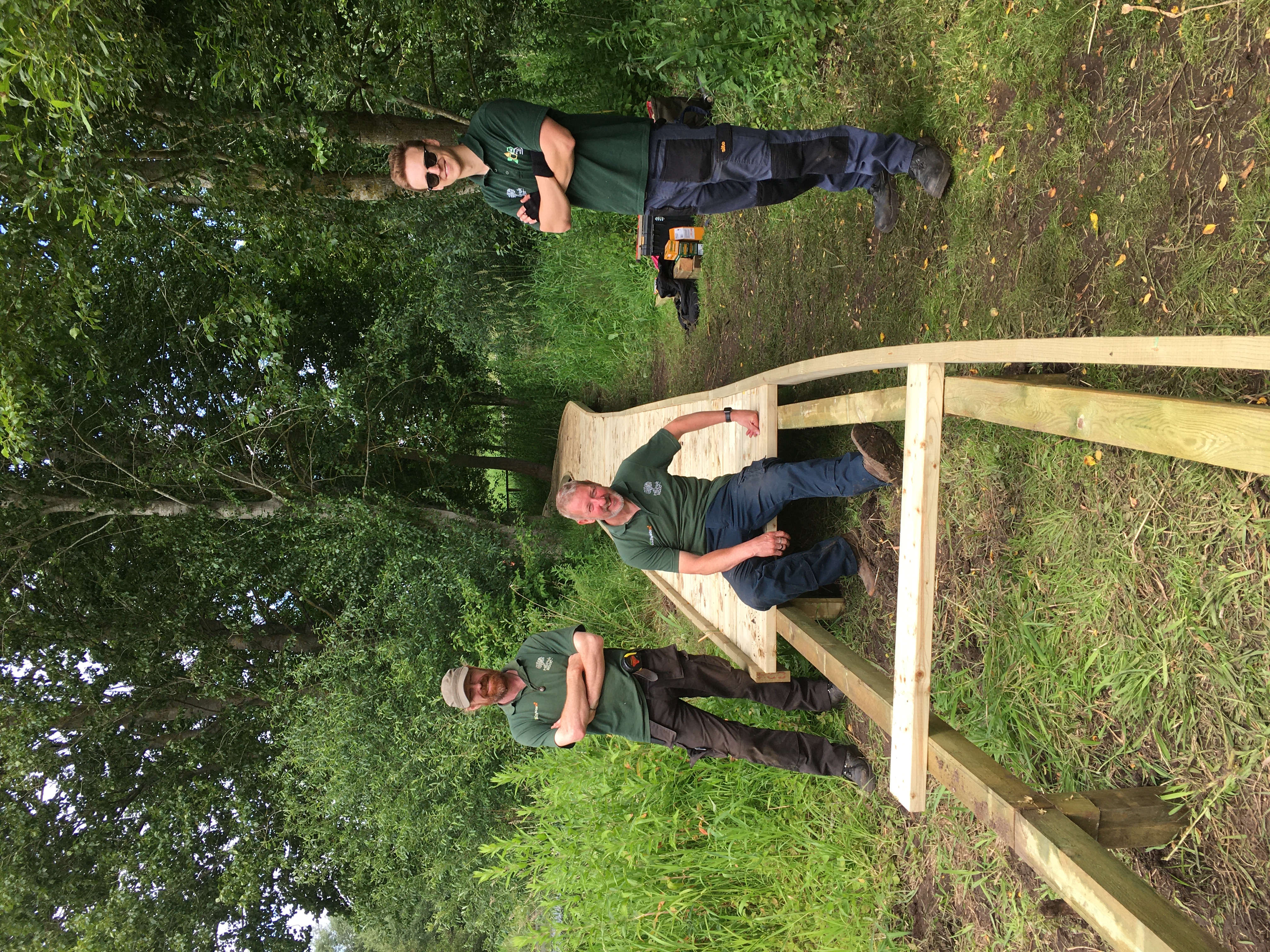
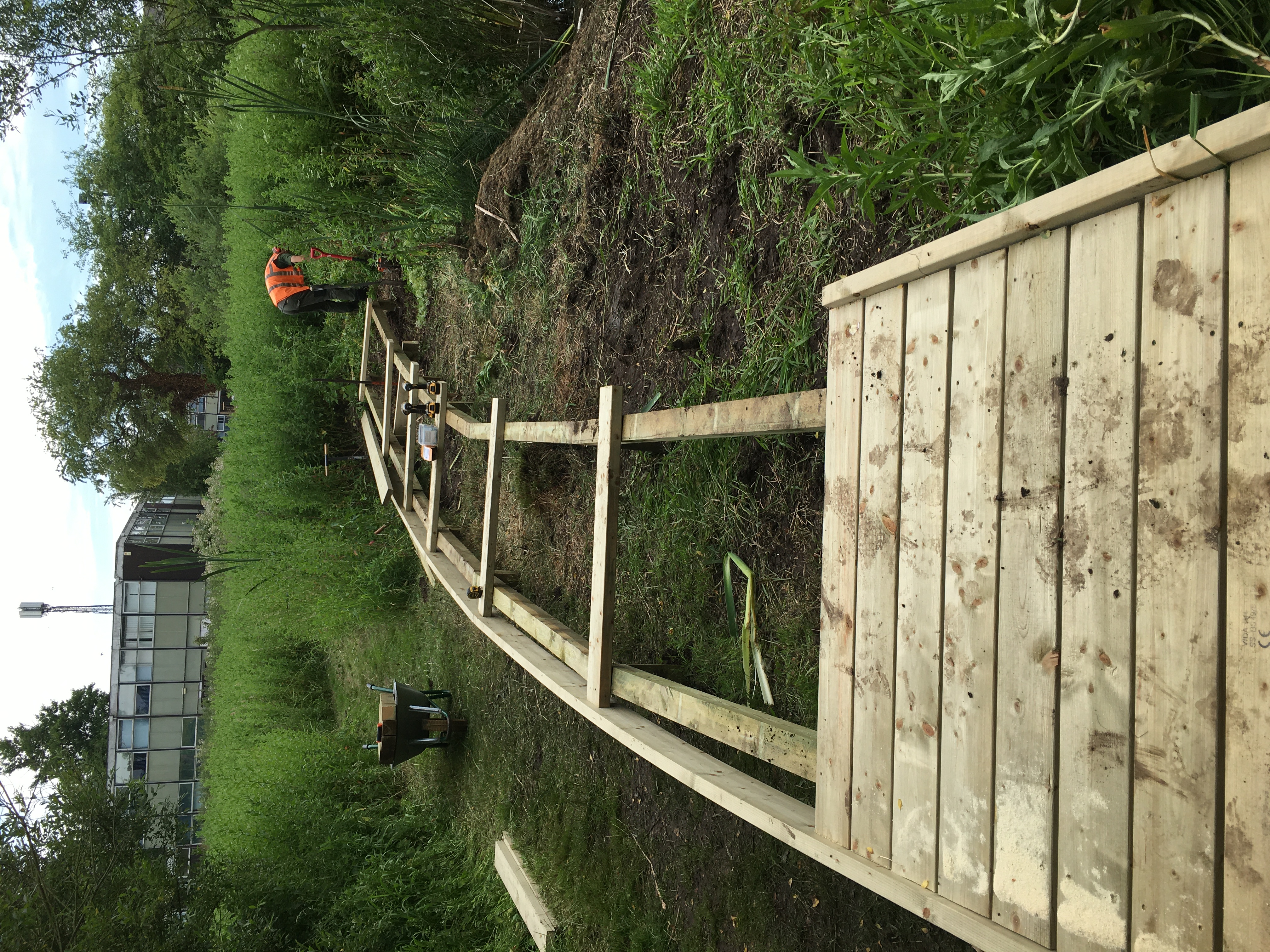
Boardwalk creation by contractors Hill Holt Wood and Volunteers in Lollycocks Field
Kingfisher Nesting Bank
Kingfishers are on of the UK's most recognisable birds, showcasing their bright blue and metallic copper colourings which make them stand out from their surroundings.
An amazing kingfisher nesting bank will be created in Lollycocks Field to provide essential habitat for these species, hopefully leading to some more sightings in the local area for the public to enjoy!







